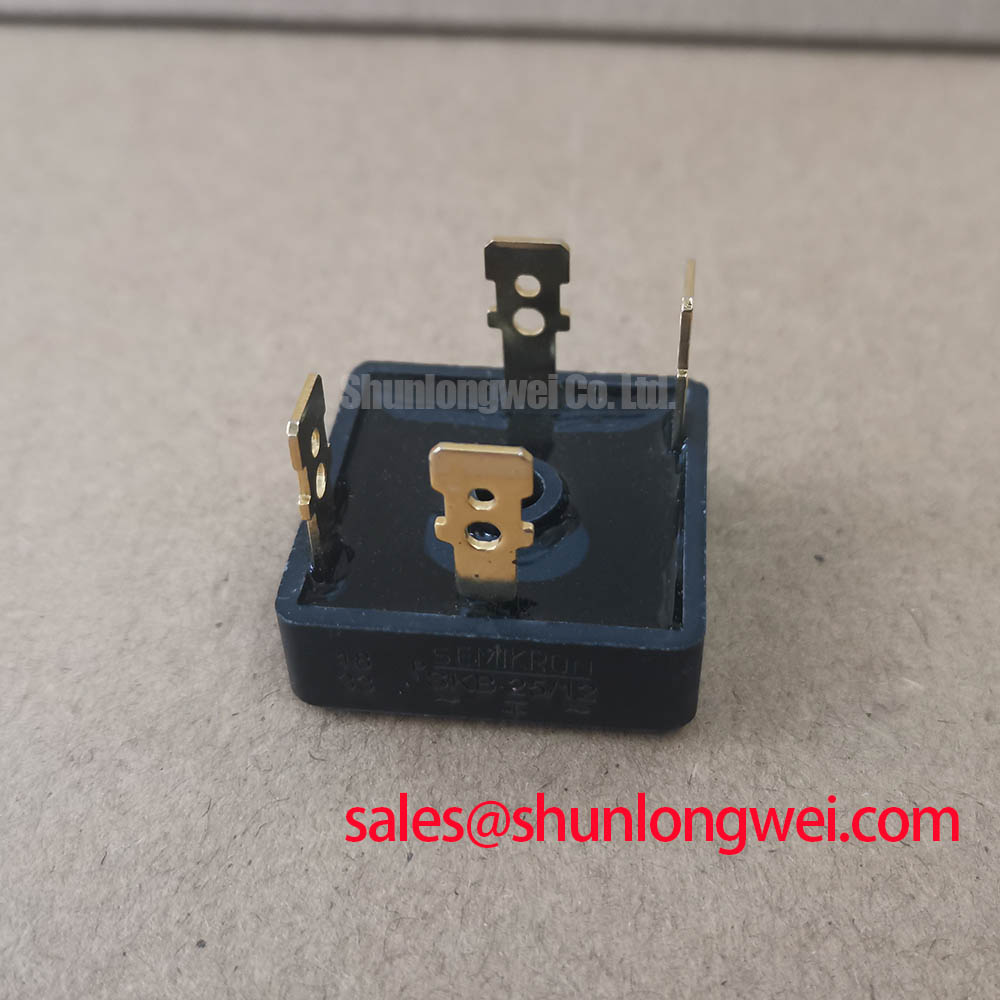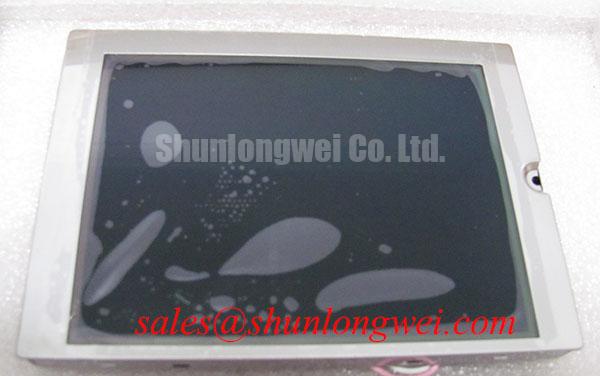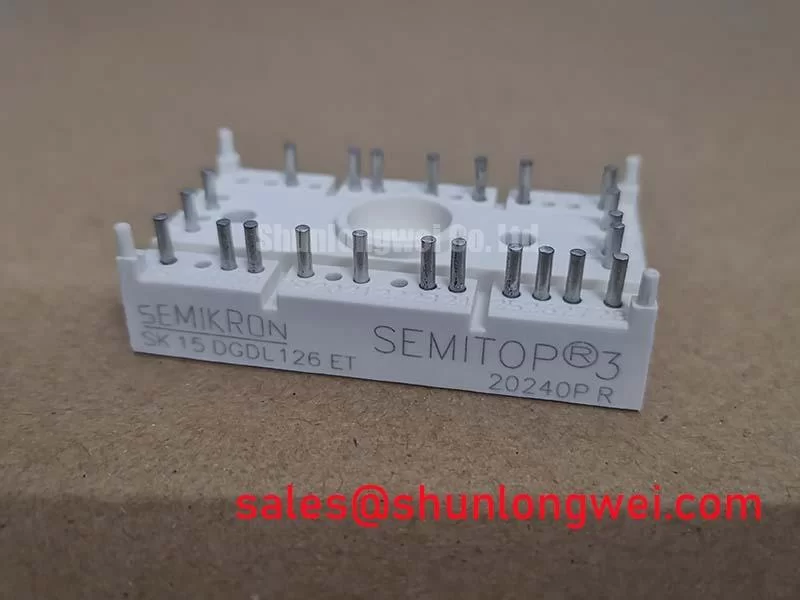SKB25/12 Power Bridge Rectifier: Engineering High-Reliability AC/DC Conversion
Content last revised on October 20, 2025.
Product Overview: Unpacking the SKB25/12
The SKB25/12 by SEMIKRON is a robust single-phase power bridge rectifier engineered to deliver reliable AC-to-DC power conversion through a superior thermal and mechanical design. This component integrates a full diode bridge into a compact, isolated package designed for performance in demanding industrial environments. Best fit: For industrial AC/DC rectification stages up to 25A requiring simplified heatsink assembly and high thermal overhead.
- Core Specifications: 1200V | 25A | Tvj max 150°C
- Key Engineering Benefits: Simplified thermal management and high surge current immunity.
- Primary Value Proposition: This UL-recognized rectifier is specifically designed for industrial power supplies where straightforward mounting and long-term operational stability are non-negotiable. What is the primary benefit of the SKB25/12's isolated case? Simplified direct-to-heatsink mounting and enhanced electrical safety.
Key Parameter Overview
Decoding Electrical and Thermal Specs for Robust Design
The technical specifications of the SKB25/12 are foundational to its performance and reliability. The following table highlights key parameters and interprets their direct impact on system design and operational stability. Understanding these values is crucial for engineers looking to optimize their power conversion stages.
| Parameter | Value | Engineering Implication |
|---|---|---|
| Repetitive Peak Reverse Voltage (VRRM) | 1200 V | Provides substantial safety margin for standard industrial voltage lines, protecting against transient overvoltages. |
| DC Output Current (Id) | 25 A (at Tc = 100 °C) | Defines the continuous current handling capability with appropriate cooling, suitable for a wide range of industrial loads. |
| Surge Forward Current (IFSM) | 400 A (10 ms, 50 Hz, Tj=25 °C) | Critical for system survivability. This high rating ensures the rectifier can withstand the large inrush currents typical of motor start-ups or charging large capacitor banks without degradation. |
| Thermal Resistance, Junction to Case (Rth(j-c)) | ≤ 1.6 °C/W | Represents the efficiency of heat transfer from the silicon die to the module case. A low value like this simplifies thermal management and allows for more compact heatsink designs. |
| Max. Junction Temperature (Tvj max) | 150 °C | A high operating temperature ceiling provides a greater thermal margin, enhancing reliability in high-ambient-temperature environments or under heavy load conditions. |
| Isolation Test Voltage (Visol) | 3000 V~ (2 sec.) | Guarantees high dielectric strength between the terminals and the baseplate, ensuring user safety and simplifying system-level insulation requirements. |
Download the SKB25/12 datasheet for detailed specifications and performance curves.
Application Scenarios & Value
System-Level Benefits in Industrial Power Conversion
The SKB25/12 is engineered for the input rectification stage of various industrial systems where reliability is paramount. Its feature set provides tangible benefits beyond simple AC-to-DC conversion, particularly in applications such as industrial power supplies, battery charging systems, and the front-end of small motor drives.
Consider the engineering challenge of designing a compact power supply for a control panel operating within a sealed NEMA enclosure. Space is limited, and internal ambient temperatures can rise significantly. The SKB25/12's isolated metal case provides a direct solution. It can be mounted directly onto the metal chassis of the enclosure, using the equipment's own structure as a heatsink. This eliminates the need for a separate, bulky heatsink and fragile insulating pads, reducing both cost and assembly complexity. The rectifier's high maximum junction temperature of 150 °C provides the necessary thermal headroom to operate reliably in this challenging environment, preventing premature failure. How does the high surge current rating improve reliability? It ensures survival against motor start-up or capacitive inrush currents often seen in these systems. For systems that demand higher current capacity in a similar package, the related SKB60/12 offers an increased current rating.
Frequently Asked Questions (FAQ)
Engineering Questions on the SKB25/12
How does the isolated metal case of the SKB25/12 benefit the thermal design?
The isolated case allows for direct mounting to a heatsink or chassis without the need for an additional electrical insulation layer. This simplifies the assembly process, reduces the overall thermal resistance path, and improves heat dissipation, leading to lower operating temperatures and higher system reliability.
What is the significance of the 400A IFSM rating in a practical application?
The 400A surge current rating is a measure of the rectifier's ruggedness. It means the device can safely handle very high, short-duration current spikes that occur during events like motor startup or the initial charging of a DC-link capacitor in a Variable Frequency Drive (VFD). This capability is crucial for preventing component failure and ensuring long-term operational life.
Is the SKB25/12 suitable for high-frequency switching applications?
No, the SKB25/12 is a standard rectifier designed for line-frequency (50/60 Hz) AC rectification. Its recovery characteristics are not optimized for the high switching speeds found in applications like switch-mode power supplies (SMPS) or high-frequency inverters. For those applications, fast-recovery or silicon carbide diodes would be required.
The module is UL recognized. How does this impact the design and certification process for our final product?
Using a UL recognized component like the SKB25/12 (File E 63 532) can significantly streamline the safety certification process for your end product. It provides assurance that a critical power component has already been tested and meets established safety standards, which can reduce testing time and costs when seeking UL approval for the entire system.
What are the advantages of the screw terminals on the SKB25/12 for industrial environments?
Screw terminals provide a secure and reliable method for electrical connections, which is essential in industrial settings where vibration is common. They can accommodate a range of wire gauges and ensure a low-resistance connection, minimizing power loss and heat generation at the terminal points.
The Engineer's Perspective
From a design engineer's viewpoint, the SKB25/12 represents a practical and reliable solution for fundamental AC/DC conversion. It is not designed for cutting-edge, high-frequency performance but for stability and ease of implementation. The key value lies in its physical construction: the isolated metal case and robust terminals address the core industrial requirements of effective thermal management and mechanical durability. This allows the designer to focus on other aspects of the system, confident in the reliability of the power rectification stage provided by a trusted manufacturer like SEMIKRON.

















